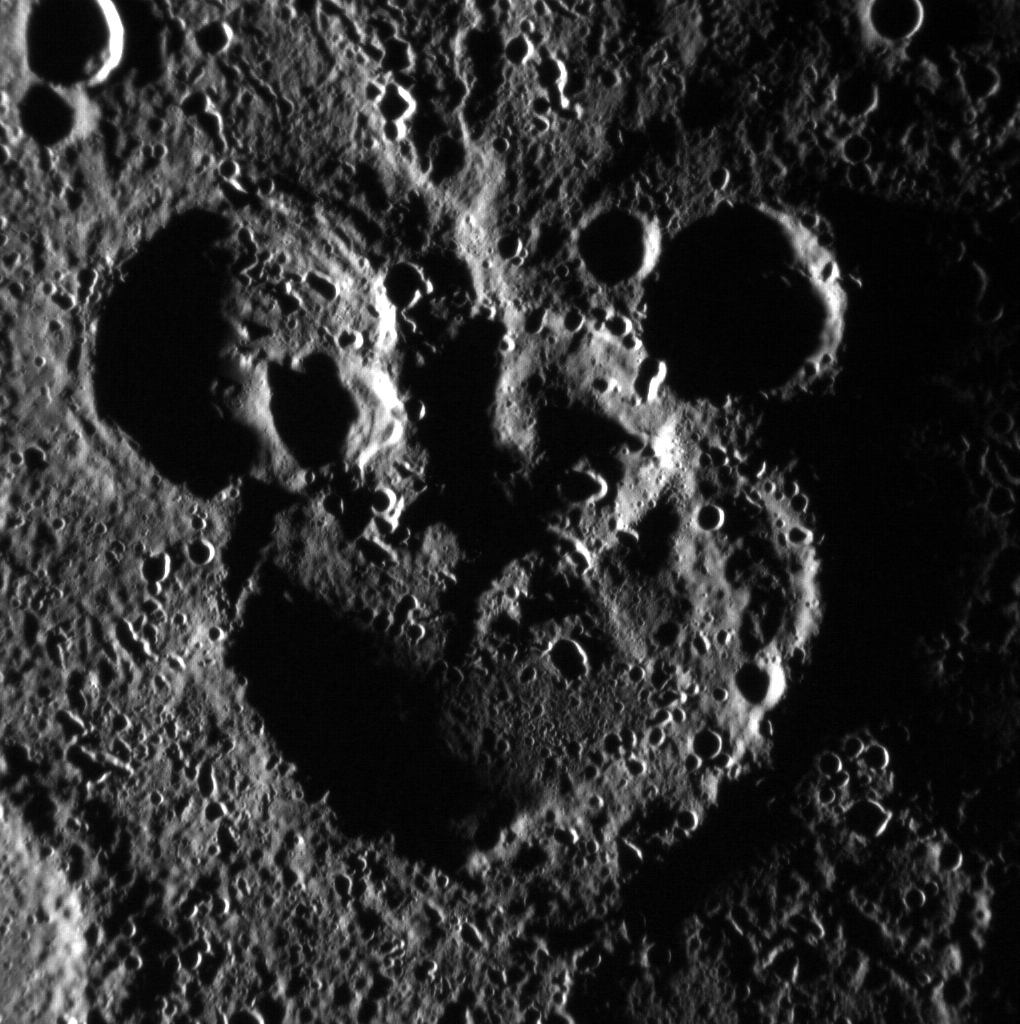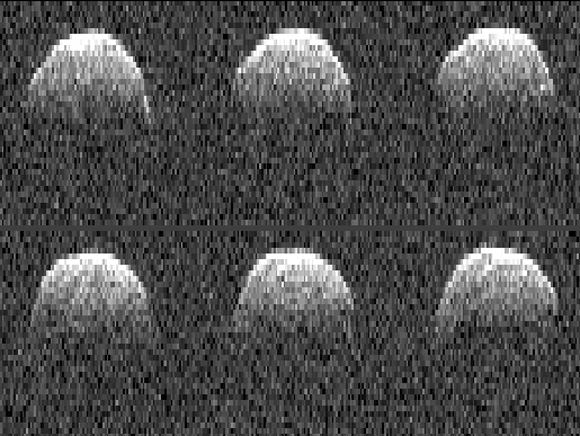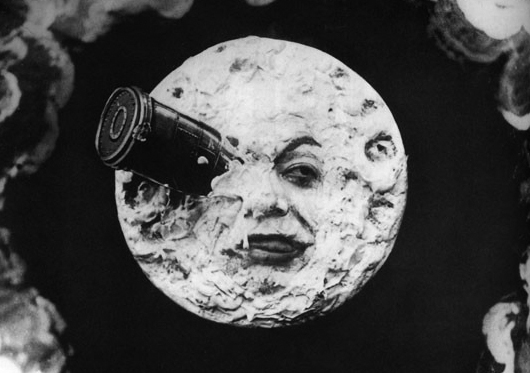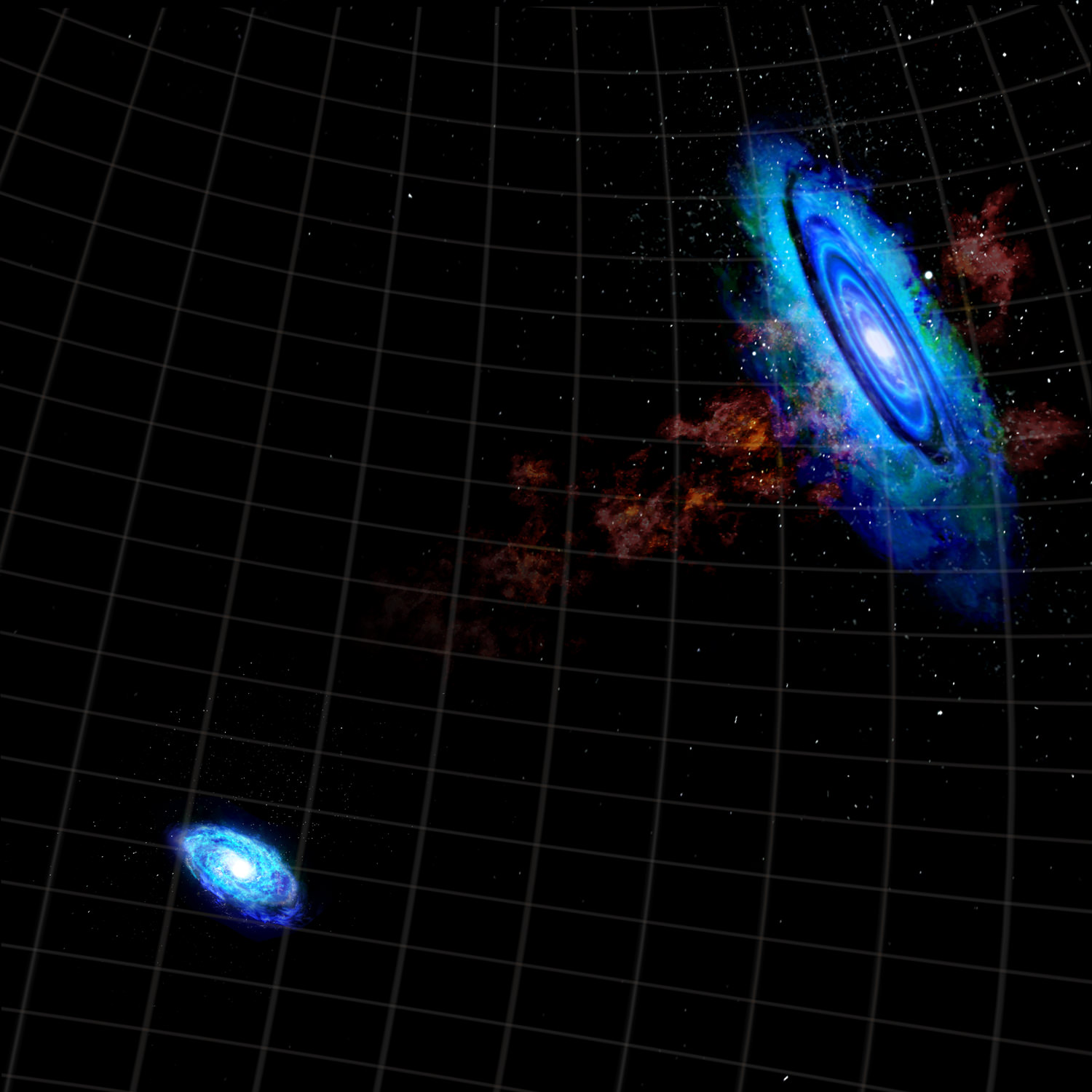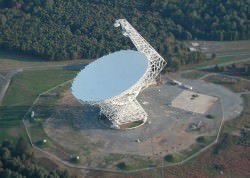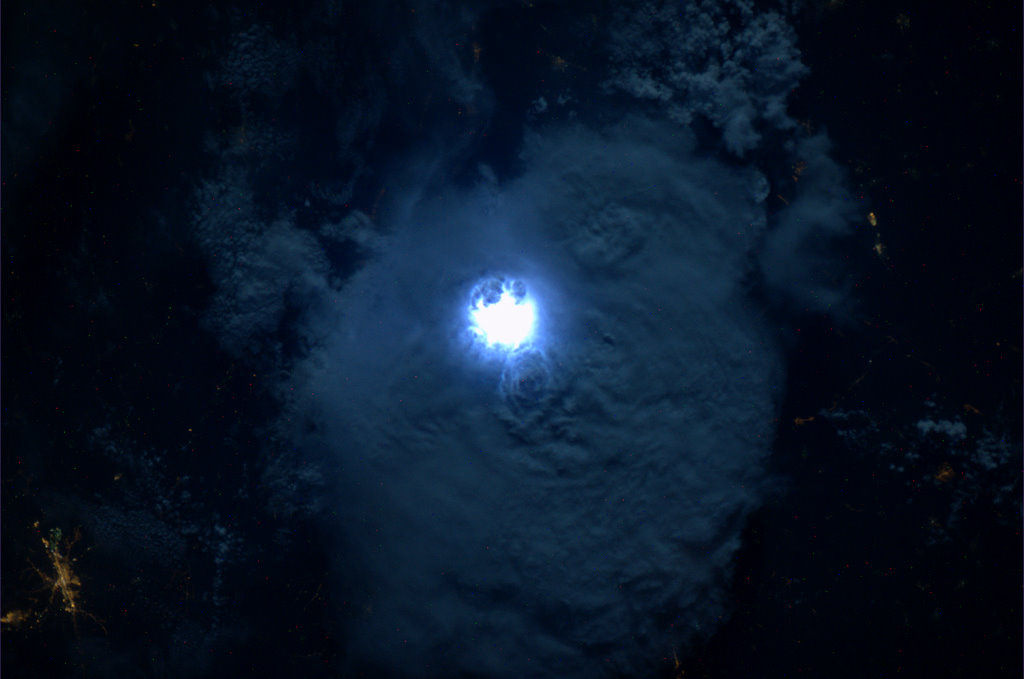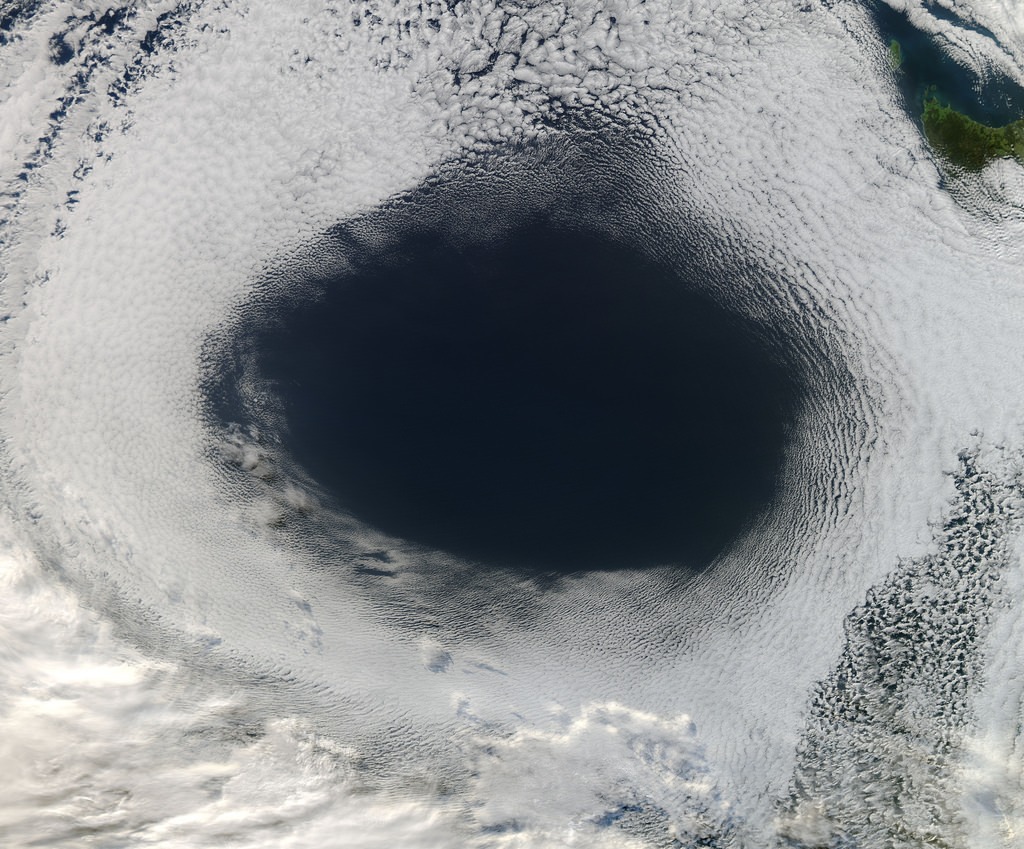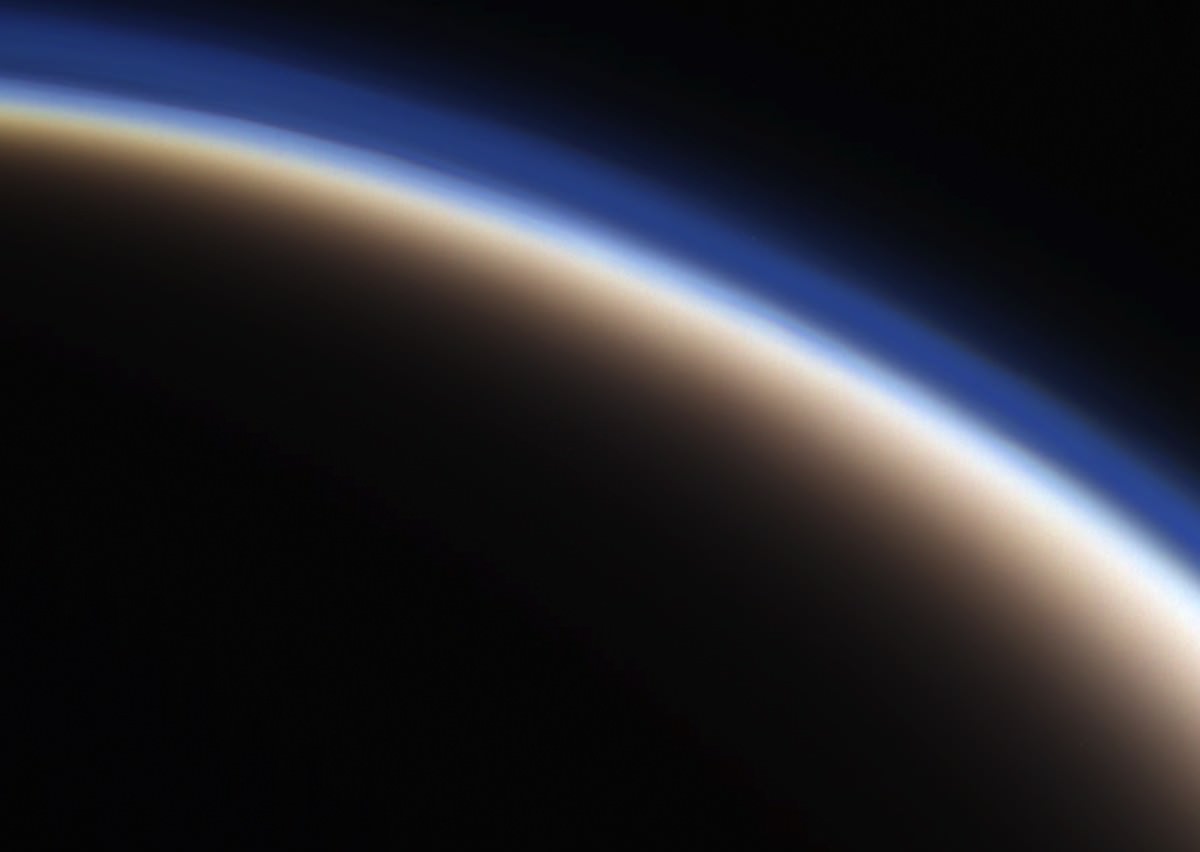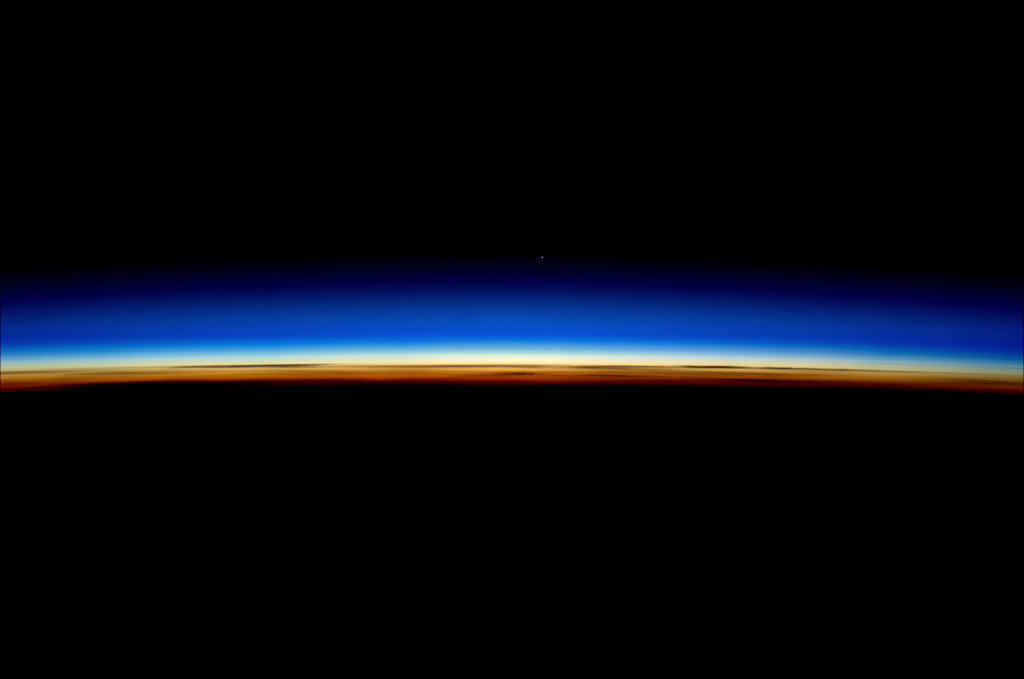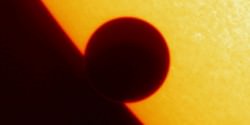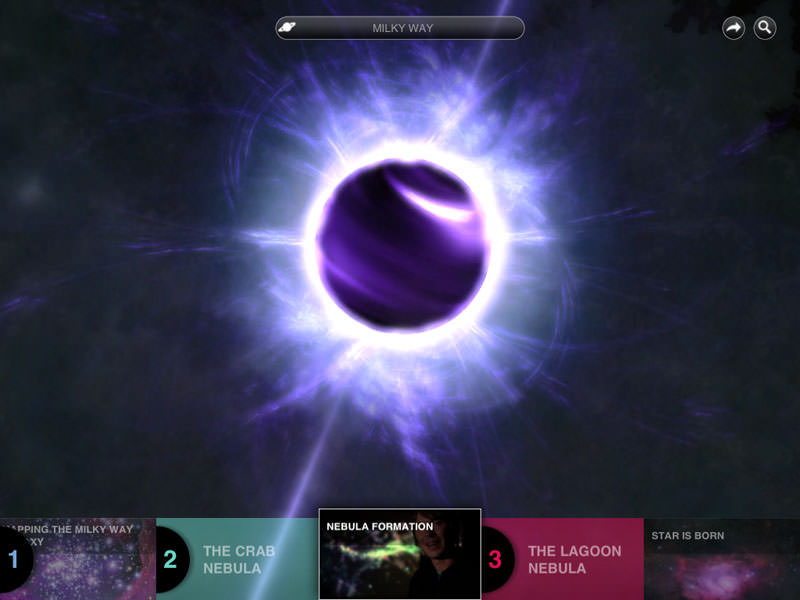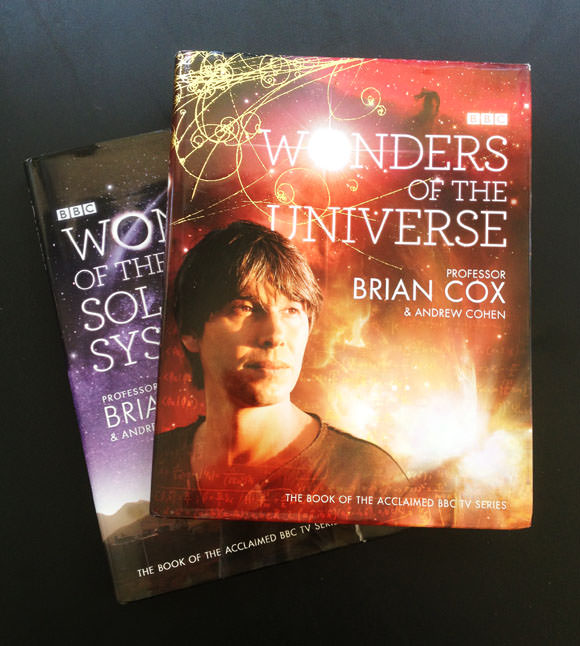After almost 35 years traveling at over 35,000 mph, the venerable (and still operational!) Voyager 1 spacecraft is truly breaking through to the other side, crossing the outermost boundaries of our solar system into interstellar space — over 11 billion miles from home.
Data received from Voyager 1 — a trip that currently takes the information 16 hours and 38 minutes to make — reveal steadily increasing levels of cosmic radiation, indicating that the spacecraft is leaving the relatively protected bubble of the Sun’s influence and venturing into the wild and wooly space beyond.
From the JPL press release:
“The laws of physics say that someday Voyager will become the first human-made object to enter interstellar space, but we still do not know exactly when that someday will be,” said Ed Stone, Voyager project scientist at the California Institute of Technology in Pasadena. “The latest data indicate that we are clearly in a new region where things are changing more quickly. It is very exciting. We are approaching the solar system’s frontier.”
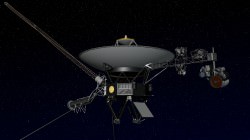 The data making the 16-hour-38 minute, 11.1-billion-mile (17.8-billion-kilometer), journey from Voyager 1 to antennas of NASA’s Deep Space Network on Earth detail the number of charged particles measured by the two High Energy telescopes aboard the 34-year-old spacecraft. These energetic particles were generated when stars in our cosmic neighborhood went supernova.
The data making the 16-hour-38 minute, 11.1-billion-mile (17.8-billion-kilometer), journey from Voyager 1 to antennas of NASA’s Deep Space Network on Earth detail the number of charged particles measured by the two High Energy telescopes aboard the 34-year-old spacecraft. These energetic particles were generated when stars in our cosmic neighborhood went supernova.
“From January 2009 to January 2012, there had been a gradual increase of about 25 percent in the amount of galactic cosmic rays Voyager was encountering,” said Stone. “More recently, we have seen very rapid escalation in that part of the energy spectrum. Beginning on May 7, the cosmic ray hits have increased five percent in a week and nine percent in a month.”
This marked increase is one of a triad of data sets which need to make significant swings of the needle to indicate a new era in space exploration. The second important measure from the spacecraft’s two telescopes is the intensity of energetic particles generated inside the heliosphere, the bubble of charged particles the sun blows around itself. While there has been a slow decline in the measurements of these energetic particles, they have not dropped off precipitously, which could be expected when Voyager breaks through the solar boundary.
“When the Voyagers launched in 1977, the space age was all of 20 years old. Many of us on the team dreamed of reaching interstellar space, but we really had no way of knowing how long a journey it would be — or if these two vehicles that we invested so much time and energy in would operate long enough to reach it.”
– Ed Stone, Voyager project scientist, Caltech
Read more on the JPL site here.
Addition: Check out the accompanying video from Science@NASA below:
Top image: Artist’s concept showing NASA’s two Voyager spacecraft exploring a turbulent region of space known as the heliosheath, the outer shell of the bubble of charged particles around our sun. Credit: NASA/JPL-Caltech. Secondary image: Artist’s concept of NASA’s Voyager spacecraft. Credit: NASA/JPL-Caltech.


